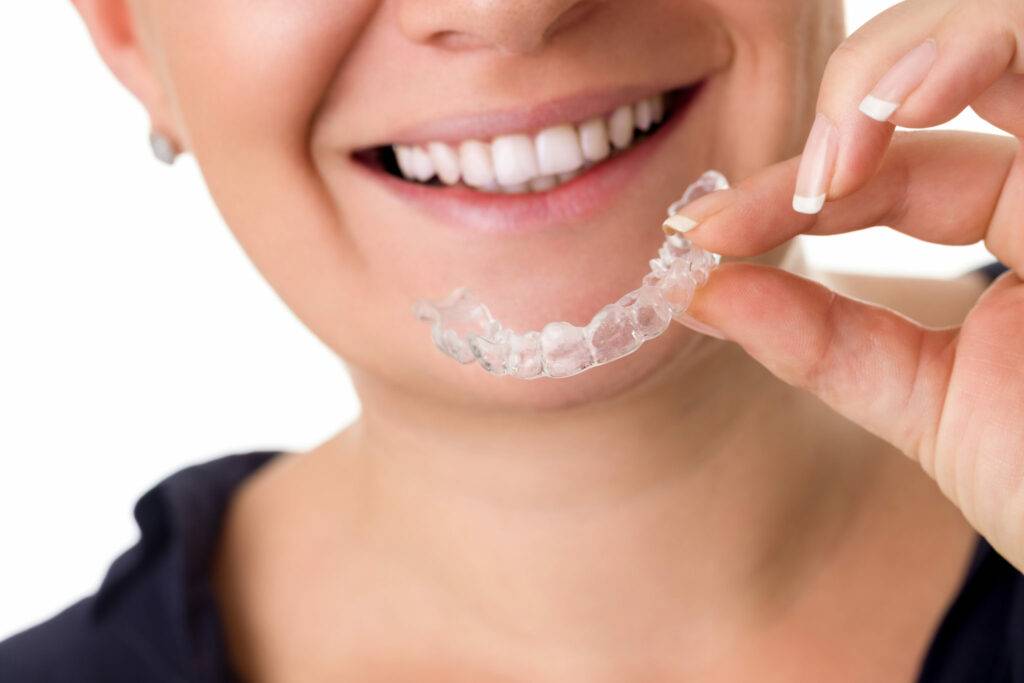Orthodontic relapse is a common concern among patients who have previously undergone treatment but experience a shift in their teeth over time.
As a dentist, understanding how to effectively manage post-orthodontic relapse is crucial to ensuring patient satisfaction and long-term retention of results.
Clear aligners have emerged as a practical and effective solution for addressing relapse cases. This guide will provide insights into identifying relapse, treatment planning, and best practices for using clear aligners.
Post-orthodontic relapse refers to the gradual or sudden movement of teeth back to their pre-treatment positions after orthodontic therapy. Several factors contribute to this relapse, including inconsistent retainer use, the natural aging process, periodontal and occlusal changes, and muscle forces such as tongue thrusting and bruxism.
Patients who fail to wear their retainers as prescribed are more likely to experience relapse. Teeth continue to shift as part of natural aging, even after orthodontic treatment.
Bone and soft tissue changes, along with bite misalignment, can lead to unwanted movement. Habits like tongue thrusting and bruxism further contribute to relapse.
Clear aligners offer a non-invasive, aesthetically pleasing, and effective approach to treating minor to moderate orthodontic relapse cases.
They provide several advantages over traditional fixed appliances, such as being discreet and comfortable, customizable for specific treatment needs, removable for ease of eating and oral hygiene, and enabling gradual and controlled tooth movement.
Digital planning allows precise tooth adjustments, minimizing discomfort and optimizing efficiency.
When treating relapse with clear aligners, dentists should follow a structured approach. A comprehensive assessment, including intraoral scans, photographs, and radiographs, helps determine the extent of relapse.
Patient consultation is essential to discuss the causes of relapse and emphasize the importance of adherence to the new treatment plan. Digital orthodontic software should be utilized to design a customized aligner series targeting specific areas of misalignment.
Regular check-ups should be scheduled to assess tooth movement and make necessary refinements. After treatment, reinforcing the importance of long-term retainer plans is crucial to preventing future relapse.
To maximize the success of clear aligner treatment for post-orthodontic relapse, dentists should educate patients on the importance of compliance with aligner wear and proper retainer use post-treatment.
Clear aligners work best for mild to moderate relapse cases, while severe relapses may require additional interventions. Digital scanning and treatment planning improve accuracy and predictability.
Offering long-term retention options, such as fixed retainers or Vivera-type clear retainers, helps maintain alignment and prevent future shifting.
Post-orthodontic relapse is a frequent challenge, but clear aligners provide a highly effective and patient-friendly solution. By leveraging aligner therapy and emphasizing long-term retainer plans, dentists can help patients maintain their ideal smiles with minimal discomfort and maximum convenience.
Proper diagnosis, treatment planning, and patient education play crucial roles in ensuring successful outcomes and long-term retention of results. Incorporating clear aligners and structured retainer plans into your practice can enhance patient satisfaction and reinforce the value of ongoing orthodontic care.


